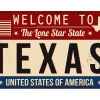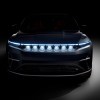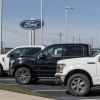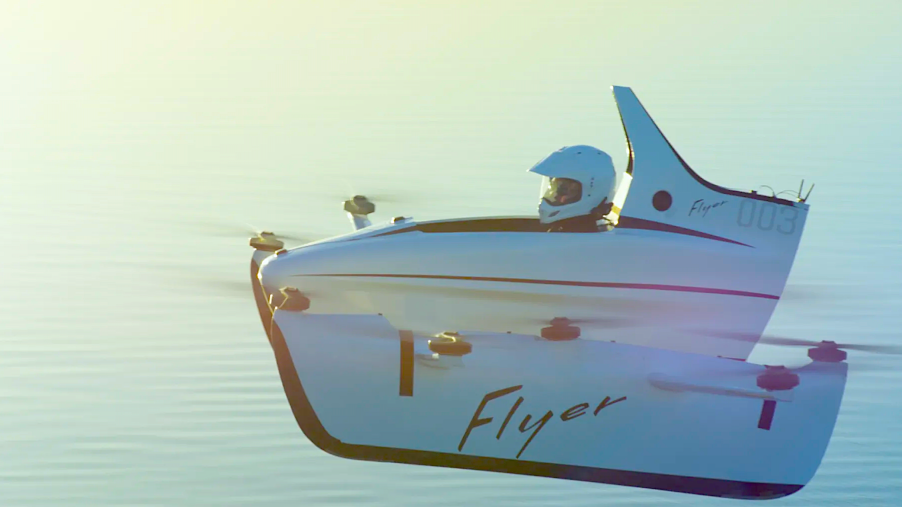
Why Didn’t the Kitty Hawk Flying Car Fly?
The latest EV tech startup car builder to throw in the towel was unique among the Lordstowns and Fiskers. Kitty Hawk was the name of the new venture. Its Flier was an electric vertical takeoff and landing eVTOL flying car. But the former Google executive Larry Page venture has pulled the plug on a seemingly successful flying car that saw more than 100 built and flown by “non-pilots.”
“First eVTOL airplane flown by non-pilots”
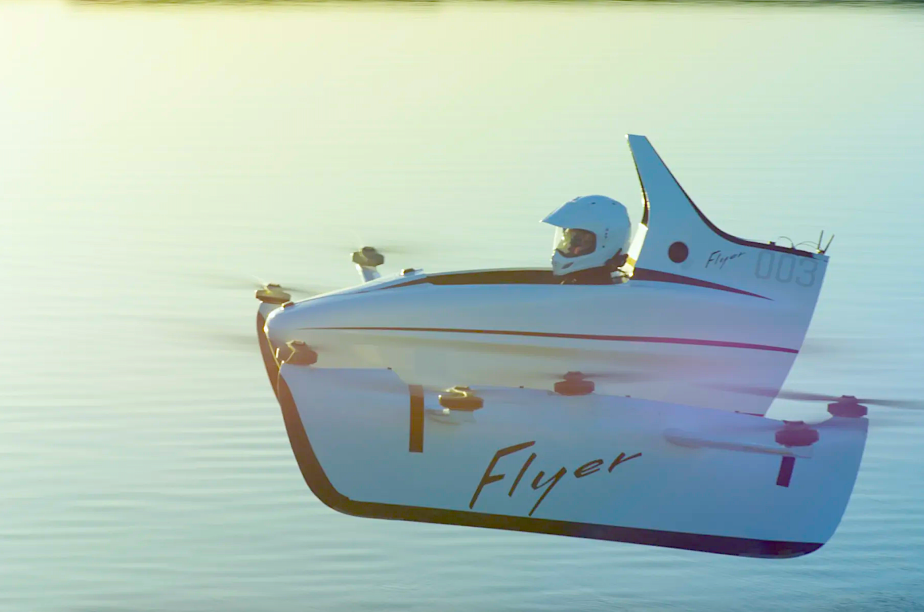
“We have learned what we needed from the Flyer, things like vehicle design and testing, manufacturing aircraft, and most of all, how humans would experience VTOL.” Alex Roetter, the president of the Flyer project, and Sebastian Thrun, Kitty Hawk’s CEO, wrote. “We are proud to have built the first electrically-powered VTOL aircraft in the world flown by non-pilots. Just as with our earlier Cora aircraft, Flyer is clearly a milestone in the history of Kitty Hawk and VTOL vehicles.”
The venture began in 2010 in Palo Alto. Thurn, who started the company, was also involved in Google X, now known as X Development Inc. That company’s goal was to invent and launch moonshot technologies. Thurn also founded the autonomous driving development program at Google.
Kitty Hawk’s big premise was to make it simple to fly a personal flying car. Anyone could learn to fly the Flier within a few minutes, according to Kitty Hawk. In 2017, when the Flier was first unveiled, the company said it would go into production before the end of the year. For $100, you could get on the waiting list. You could also use an exclusive flight simulator, and get first dibs on Flier merch.
What powered the Flier

The Flier featured 10 electric motors with two-blade propellers each. Epoxy-bonded carbon fiber made up the body. And because it was classified by the FAA as an ultralight, flying it did not require a pilot’s license. It had a top speed of 35 mph and a 20-mile range. So this would have been a short hop ultralight which required a charge at each end of its flight.
There wasn’t much news for another year. Then, Kitty Hawk debuted a more sophisticated version of the Flier. It even got YouTuber Casey Neistat to fly it. Yes, this was a real, working, flying, bonafide car. Soon, Kitty Hawk revealed Cora, a second plane. It has since become a joint venture with Boeing.
All told, 111 Fliers were built and flown by 75 people, 50 of which were novice pilots, according to Thurn. There were over 25,000 successful flights, too. Really, it seemed like it was everything that Kitty Hawk said it was, and more. Some described flying the Flier as being like they were inside of a drone, or what they expect that would be like.
What happened to the Kitty Hawk Flier flying car?

So what happened? According to TechCrunch, Thurn said that they “could not find a path to a viable business.” So, is that all there is?
Not exactly. The goal of the company was to scale up technologies used by consumer drones into small personal Fliers. Now, it will apply what it has learned for its “Heaviside” airplane project.
Heaviside is also a single-seater eVTOL, but with six electric motors on more traditional-looking wings, and two more next to the plane’s nose. Kitty Hawk says the trip from San Francisco to San Jose takes 15 minutes “using half the energy of a car.” The price is expected to be around $50,000, with availability yet to be determined.
